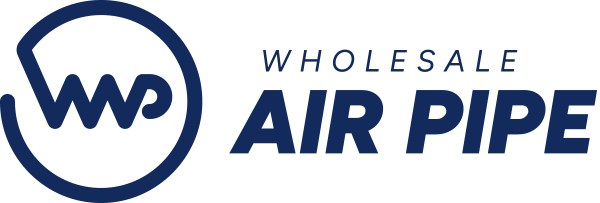What's the first step to a safe, manageable PLC migration?
When it's time for a PLC migration, it's imperative that you go about it the correct way. Your business is on the line and few can afford to have prolonged downtime as new tools are installed. Working with a knowledgeable migration partner with deep industry expertise and a proven track record of successful upgrades is critical. Here are the steps we take to ensure successful migrations for our clients.
The first step in a successful migration is discovery. This begins with a dialogue between yourself and your Qualitrol team to review and confirm upgrade objectives, timelines, and desired improvements. During this discussion, we'll schedule a physical review of the PLC system that will be migrated.
Let's review some important factors to consider before starting the migration process.
PLC platform
When deciding which platform to migrate to, we look for possible efficiencies such as using the same platform already installed elsewhere in your facility. This provides economies of scale with spare parts, maintenance familiarity, and programming tools or documentation that might already be onsite. Beyond that, we ensure the chosen platform provides connectivity to other machines plant-wide in addition to area-wide networks.
Available space in existing cabinets can dictate controller size and guide you to a specific product family.
Connectivity to third party devices
Next we identify any proprietary interfaces with HMIs, SCADA, DCS and other intelligent systems and devices that are desired. All special interconnections to third party devices must be considered and accounted for in the migration plan. In some cases, a reason for migration is to allow for interface to newer third party devices that have more sophisticated communication capabilities than the legacy PLC can handle. It’s critical that these be taken into account in designing the new PLC system.
Operator interface
If existing Human Machine Interfaces (HMI) will be used with the new system, the human factor must be taken into account. The operators are familiar with the old HMI and must learn a new one, which can be costly from a training and expertise development standpoint, as well as from an employee performance standpoint. Replicating the existing HMI operation and graphics can have its own challenges. We take these factors into account and provides multiple options to mitigate the risks and costs.
PLC operational goals
A PLC upgrade is a significant investment, and it’s critical that it serve the operational goals of the machine or process. We'll help you correlate your process goals with PLC capabilities such as improved speed and throughput. We consider goals such as a simplified control scheme, reduction in the number of CPUs, and use of remote I/O, as well as incorporation of new third party devices that improve the quality of your product, and designs a PLC migration plan that serves them.
Time and scheduling
Because downtime is potentially costly, we work with you to identify the primary time constraints and scheduling issues. Migration can require temporary shutdowns of machines or even parts of the facility, and we plan these ahead of time to minimize impact on operations. Based on the complexity of a migration, we can institute a phased approach to a migration plan.
Installation accountabilities
Some plants prefer that their own electricians handle the wiring of panels or field wiring in all panels, while some want the migration team to take total control of installation and commissioning. We identify who will be responsible for which parts of the migration, ensuring that there are no costly gaps or overlap. When it's time for a PLC migration there are a lot of factors to consider. Taking the first step is often the hardest, but with a trusted partner in your side, you can rest assured that the migration is seamless.










